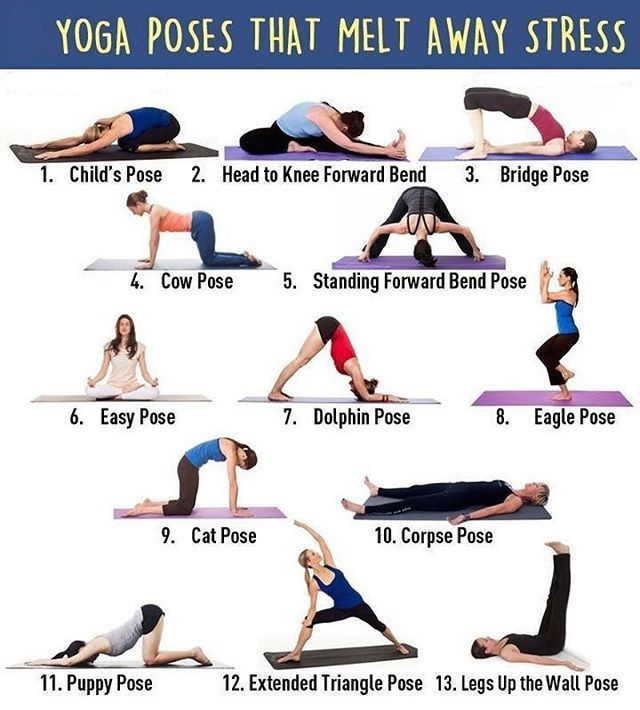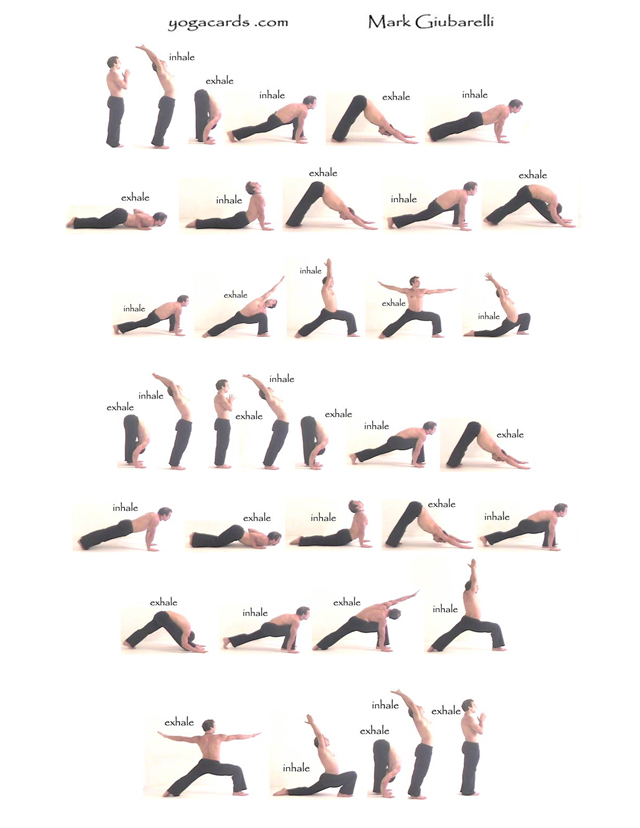
Yoga, which combines breath and movement, is a great exercise to lower blood sugar. It also helps to relax the body and improve blood circulation, which in turn can help improve diabetes symptoms. Yoga is especially beneficial for diabetics as it can improve blood pressure control and pancreatic function. It has been shown to be beneficial for those with high blood sugar levels. This is why it's highly recommended for people with diabetes.
It can be done at home and is considered safe. It is important to see a doctor before you start a yoga practice. Diabetes patients should not practice high-impact or fast-paced Yoga. Avoid forward folds and head stands as they can raise blood pressure. You should consult a doctor if you have diabetes before doing these exercises.
Yoga can also help diabetics manage stress. Some asanas improve insulin production by the pancreas. Yoga improves insulin production and glucose levels. As with any exercise program, it is important to consult a doctor before beginning any yoga exercises. A doctor can help you choose the best program for you by discussing the benefits of practicing yoga.

Among the many other benefits of yoga for diabetics, one of the most beneficial poses is the ardha matsyendrasana, which massages the internal organs. You can reduce your risk of heart disease by increasing insulin release. This has been shown to decrease diabetes risk and improve overall health. While you're practicing, be sure to monitor your blood sugar and take prescribed medication.
Yoga for diabetics has many additional benefits. It improves blood circulation. This helps people with diabetes manage stress. Type 1 diabetes is dependent on managing stress. As a result, the body is not able to produce insulin when it's stressed. Stress can make insulin production more difficult.
Yoga can have positive effects on your body and help reduce the risk of developing diabetes. Through internal muscle stretching, it improves the efficiency of the pancreas, resulting in an increased secretion of insulin, which is necessary for balancing blood sugar levels. Additionally, it can help control the stress level in diabetics and those with prediabetes. Although the practice of yoga is not suitable for everyone, it has been shown to be beneficial for people with diabetes.
While yoga may improve blood glucose levels in some cases, there are other limitations. Trials in yoga are often short, lacking adequate control groups and participants. These studies might not reflect all the benefits of yoga. These studies may not be representative of all benefits. The most important factor is that exercise helps to manage stress and lowers diabetes risk.

Yoga has many benefits. While it is not an aerobic exercise, it improves blood sugar levels and reduces the size of the waist, which is important for people with diabetes. It can improve heart health and relieve constipation. It can improve mood and lower bloodpressure. For diabetics, yoga is the best form medicine. It will give them the energy to live a healthy and happy life.
Another benefit of yoga is its ability to help with diabetes. It can be used to prevent diabetes-related neuropathy (which is nerve damage). People with diabetes may also benefit from it's ability to regulate blood sugar levels. It can even improve the quality life for people with diabetes. You should always exercise under the guidance of a professional.
FAQ
What is the best exercise for men over 40 years old?
Older men often have more energy and stamina when they exercise.
It is important to remember that most people over 40 experience a decline in testosterone, leading to lower sex drive.
This does not mean that you should stop engaging in physical activity. Many studies show that regular aerobic exercise can boost testosterone in some men.
You can improve your sexual performance by starting an aerobics program.
Is it true?
Protein helps to maintain healthy bones, tissue, and skin. Over-consuming protein can result in calcium being excreted through the kidneys. This can lead to kidney stone formation.
It's important to note that not everyone gets kidney stones after eating more than 2 grams of protein per kilogram (2.2 pounds) of body weight. Some people can eat high amounts of protein without getting kidney stones.
Watching your sodium intake can help prevent kidney stones. The kidneys regulate the amount of sodium they consume. Too much sodium can cause kidney stones.
If you have kidney stones, you can reduce your intake of protein. The majority of adults need protein for half their daily caloric needs. It is possible to lose weight by cutting down on your intake of proteins.
If you do decide to eat more protein, don't go overboard. Limit your intake to 20% of your total daily protein intake.
Is Yoga Beneficial?
Yoga has been around since ancient times, and it has recently gained popularity. Yoga is very popular with celebrities as well as ordinary people who wish to be fit and healthy.
Yoga is great for strengthening and stretching your muscles. It can help you relax and calm down.
Yoga is more focused on breathing than other forms of exercise.
To improve your balance and flexibility, you can try different poses.
Statistics
- The PRS enabled risk stratification for overall prostate cancer and lethal disease with a four-fold difference between men in the highest and lowest quartiles (HR, 4.32; 95% confidence interval [CI], 3.16-5.89). (pubmed.ncbi.nlm.nih.gov)
- By John Thompson Take a whopping 38% off a set of PowerBlock Pros. (menshealth.com)
- An estimated calorie range for moderately active adult males falls between 2,200 to 2,800 calories per day, depending on age. (eatright.org)
- According to the American Academy of Dermatology (AAD), men over 50 are at a heightened risk of developing it. (healthline.com)
- According to the American Heart Association, blood pressure should be checked at least once every two years, beginning at age 20. (my.clevelandclinic.org)
External Links
How To
What nutrients does a man require daily?
Men require daily nutrition for healthy growth and development. The body requires vitamins and minerals, protein, carbohydrates, fats (fats), water, fiber, as well other essential elements.
The male body also requires specific nutrients at different times throughout the day. Your body makes hormones, antibodies and enzymes when you are asleep. When you wake up, your body uses protein to repair damaged tissue and build muscles.
Your body stores extra energy as glycogen and breaks down fat at night. Your body still requires sufficient nutrients and calories even though it needs less calories. You might have an occasional snack during the night if your stomach is feeling hungry.
When you work out, you need adequate levels of carbs and protein to fuel your muscles. If you train hard, you may experience muscle soreness after exercising.
To avoid this, you need to eat carbs and proteins within two hours of training. Your body will break down stored glycogen to provide glucose for energy.
Additionally, it is important to eat protein right away after your workouts are over. This prevents muscle tissue loss that happens while you sleep.
Your body makes lactic acid when you are doing intense physical activities. The body produces lactic acid when there is too much activity. This can cause fatigue. Eat foods high in carbohydrate, such as fruits, vegetables, to avoid this.
Carbohydrates give your body the energy it needs to recover from strenuous exercise.
Additionally, lean meats, fish and eggs, dairy products, yogurt, cream, cheese, yogurt and beans can be added to your diet.
All of these foods have high-quality protein. Protein promotes muscle growth, and helps repair damaged tissues. Protein provides the amino acid your body needs for testosterone and sexhormone production.
For healthy skin, hair and joints, it is important to eat enough fats. Healthy men need between 20% - 35% of the total caloric intake to be fat.
Fat can help keep your heart healthy and protect you from cancer. It also keeps your brain functioning properly.
You can get the majority of the fats that you need from vegetable oils such as soybean oil.
These oils are high in monounsaturated fatty acids (MUFAs). MUFAs are good for lowering cholesterol and reducing inflammation. They protect cells against damage from free radicals.
Saturated fats (SFAs), are found mainly in animal products such as meat, milk products, and butter. SFAs are known to raise LDL ("bad") cholesterol and raise triglycerides. They can also increase weight and reduce belly fat.
Plant-based fats such as vegetable oils, seeds, nuts and grains contain polyunsaturated (PUFAs). PUFAs are good for your heart health and help to reduce inflammation. They are also good for controlling blood sugar and cholesterol.
Erectile dysfunction can often be a problem for men who have low HDL ("good") levels of cholesterol. A high intake of saturated fats leads to higher levels of bad cholesterol.
Men who eat large quantities of red meats or pork may develop prostate problems. If cooked at high temperatures, the nitrates become nitrosamines. These compounds cause cancer.
Most processed meats contain nitrites and other harmful chemicals. These chemicals should be avoided.
The American Heart Association recommends eating no more than 2 servings of red meat per week. Choose poultry, fish and legumes instead.